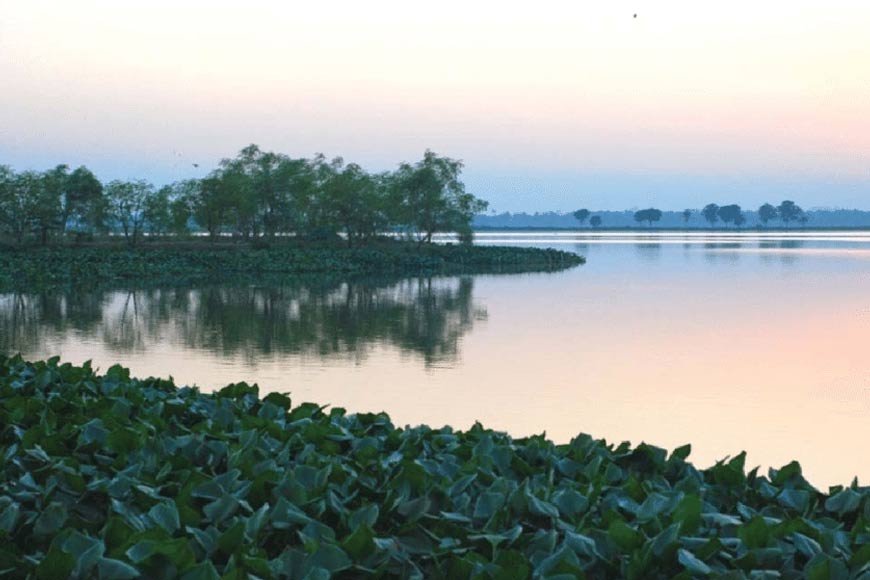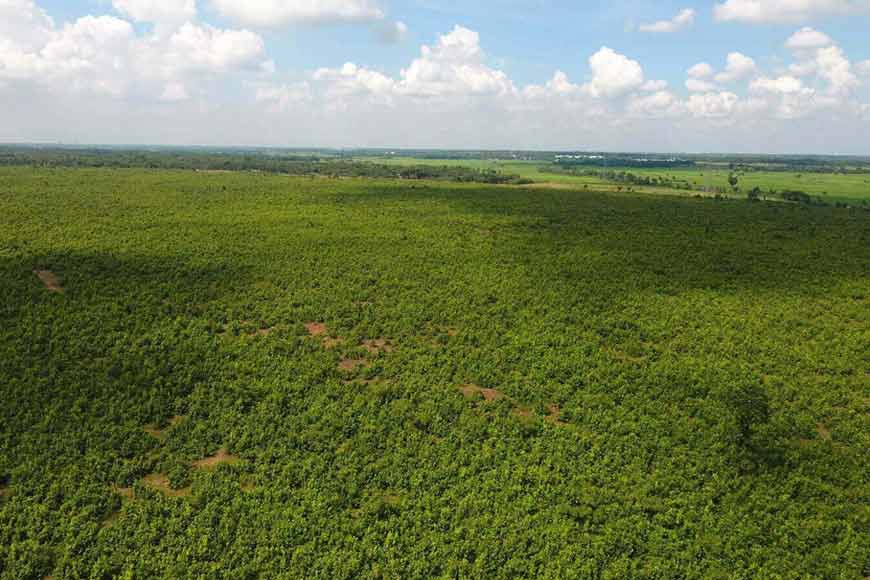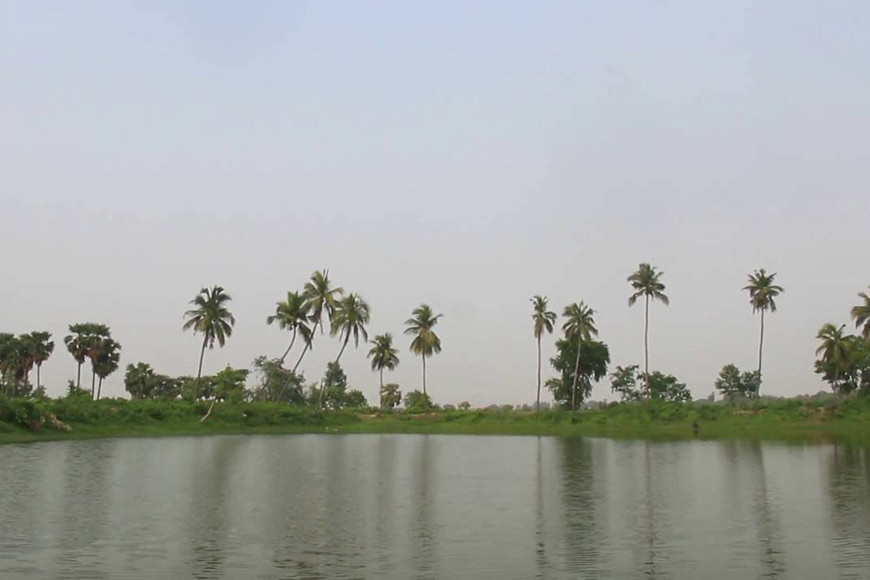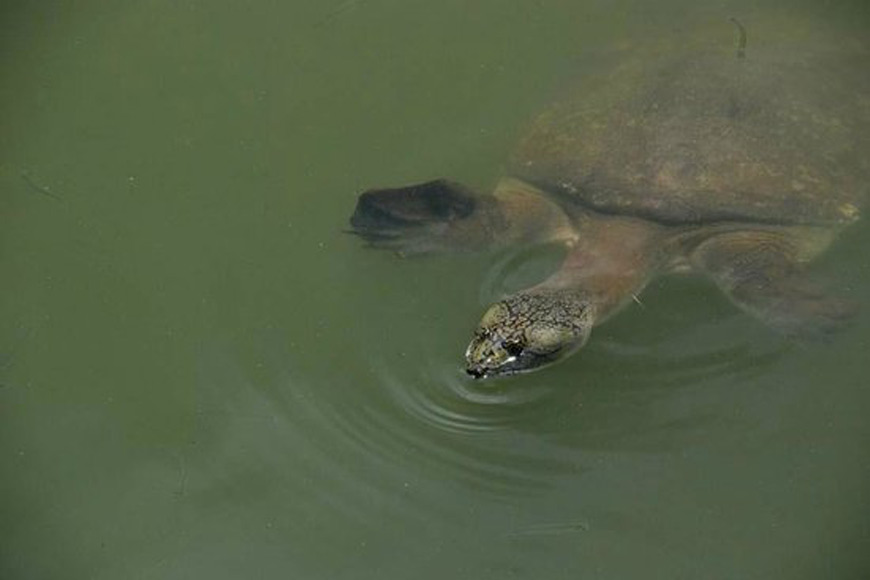Kolkata becomes the first Indian city to get a ‘Biodiversity Register’

No other metropolitan city in India can claim of having a biodiversity register. But our very own Kolkata can now boast of being the first major metropolitan city of India to have prepared a detailed register of biodiversity. It was unveiled recently by the city mayor Firhad Hakim. The 520-page document has names of 399 plant species along with 283 animal species. The document was presented to the people of Kolkata at the Kolkata Municipal Corporation (KMC) headquarters.
The People’s Biodiversity Register (PBR) usually details flora and fauna within the limits of any city as well as its land uses and human activities. KMC already had a Biodiversity Management Committee (BMC), supervised by West Bengal’s Biodiversity Board with the help of non-profit organisations. Biodiversity registers assist local communities and their activities to a large extent and hence unveiling of such a register has become so important. The document will help in fighting climate change in Eastern India’s largest city, which has increasingly faced the brunt of inclement weather from cyclones, to sudden squalls uprooting trees to constant depletion of ground water, floods and even scorching heat with temperatures soaring beyond the 40 degree mark, something that has never happened in Kolkata before. As environmentalist Kaustav Jana mentions: “Such registers help in understanding how one can mitigate future ill effects of such climate change that will increasingly create a pressure on the biodiversity of the city and even many species can go extinct in the process. The faster we address this issue, we can save this city, particularly because it is situated on the banks with the sea not far away. We all know that sea levels are rising and a time might come when Kolkata will be under water. Now is the time to take action because the Forest Survey of India’s recent report mentions that Kolkata has the least greenery among all metro cities.”

KMC has already been considering setting up urban forestry zones to improve Kolkata’s greenery quotient. Stringent orders have been passed to both the police and the civic body to protect water bodies and their biodiversity too. Revathi Sharma who has been working on East Calcutta Wetlands, that is a Ramsar site, says: “Kolkata since ages have been a city where rampantly water bodies had been filled up and constructions made. Even East Calcutta Wetlands was targeted by land sharks. Hence protecting such water bodies along with pond biodiversity is an absolute necessity of the hour.”
As per the list Kolkata still has a healthy biodiversity. The species include:
• 138 trees
• 126 Chinese vegetables
• 33 medicinal plants
• Nearly 100 other plants
• Nearly 70 butterflies
• 47 fish
• 84 birds
• 22 mammals
A coordination process among 10 state departments has been put in place to conserve and promote biodiversity. Even biodiversity parks will come up soon. The Biodiversity Board is working in tandem with Calcutta University’s Botany department to promote microbial fertilisers and pesticides in West Bengal that cost much less than existing chemical fertilisers which are being used rampantly in crop fields further leading to depletion of soil and biodiversity of the area. Such bio fertilisers are now being used in districts like South 24 Parganas, North 24 Parganas, Paschim Midnapur, Birbhum and Bankura.

The cost of paddy cultivation with such fertilisers have also proved to be economical and the productivity remained unchanged, rather increased in some areas. Along with this activity, West Bengal Biodiversity board has also done lots for conserving bio-diversity of the entire state.
Their activities include:
• Constitution of Biodiversity Management Committees (BMCs) in all the local bodies of West Bengal (except three Gram Panchayats).
• Provided expertise support in preparation of People’s Biodiversity Register of all the BMCs of the state. Till date documentation of 90% of the PBRs of the state is complete.

• Baneswar Shiva Dighi, Cooch Behar District which is a habitat of Black Softshell Turtle (Nilssonia nigricans Anderson, 1875, locally revered as ‘Mohan’) is being declared as a Biodiversity Heritage Site as per section 37(1) of the Biological Diversity Act, 2002.
• Board facilitated registration of fourteen Traditional Rice Varieties from West Bengal under Protection of Plant Varieties & Farmers' Rights Authority.
• Conservation initiatives for Traditional Rice Diversity and Locally threatened plants.
• In compliance to the provisions of Section 7 of the Biological Diversity Act, 2002, applicants intending to access biological resources from West Bengal for commercial utilization has to apply in Form-I and Form-A, and if applicable, has to comply to the Act’s Access and Benefit Sharing provisions. Till date Rs. 29.88 Lac received as Access and Benefit Sharing amount from bioresources based commercial entities. • For last two years the Board has been conducting the assessment of Migratory water birds and their habitats with the help of external experts.
• District-wise documentation of Fish faunal diversity has been going on with the help of external experts. Completed in eight districts.
• Documentation of Mango diversity of Malda and Murshidabad districts has been completed with the help of external experts.
• District-wise documentation of Sacred Groves has been completed with the help of external experts.











